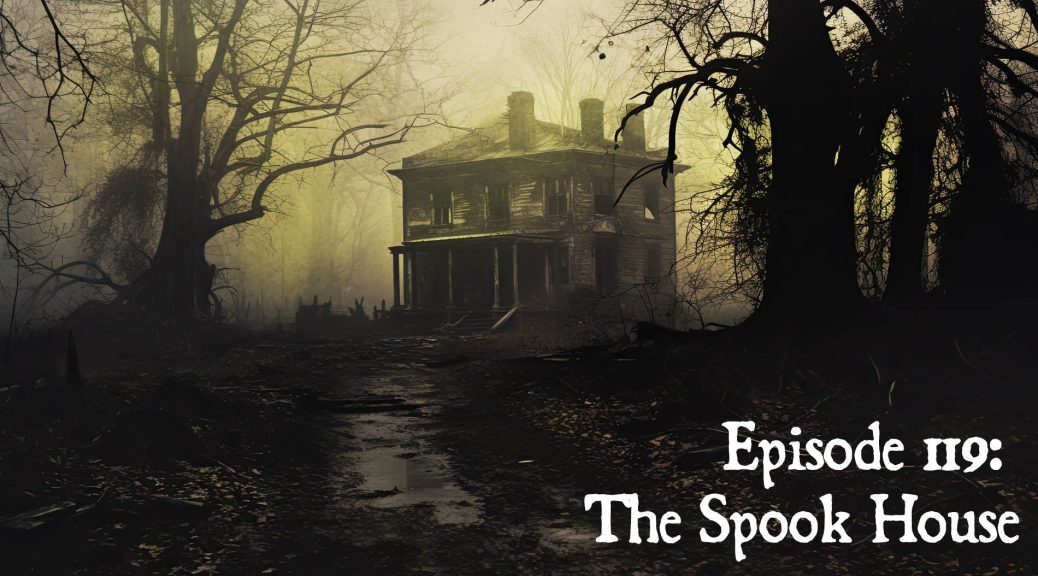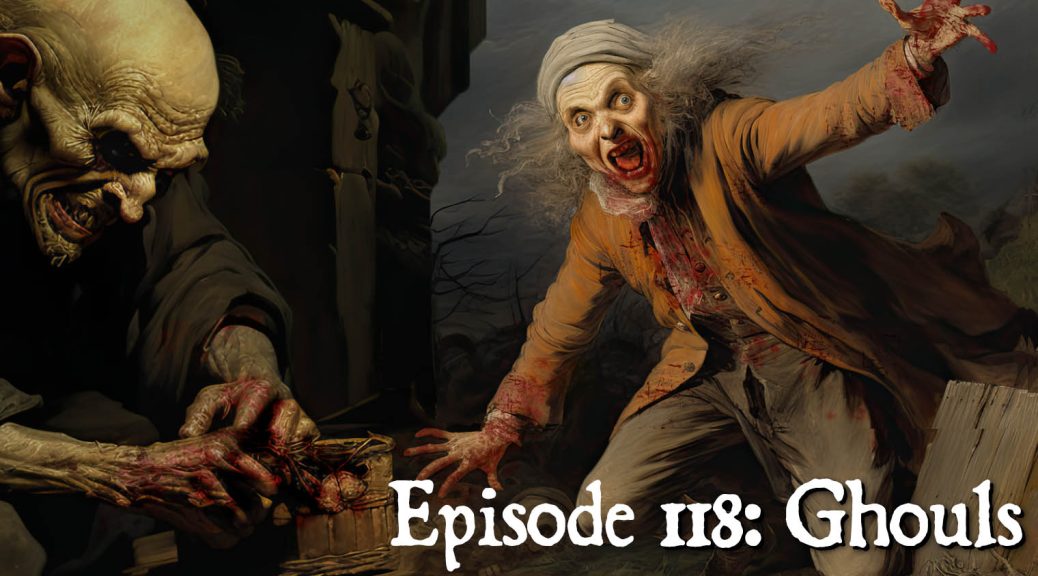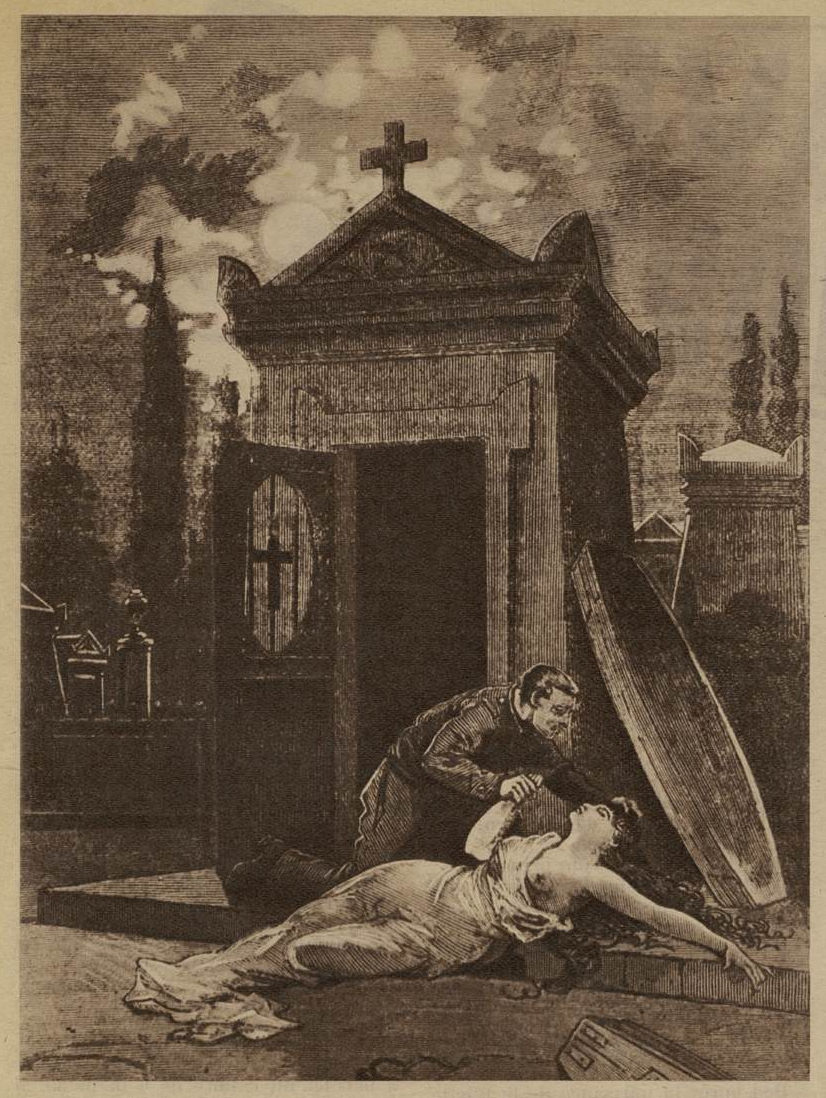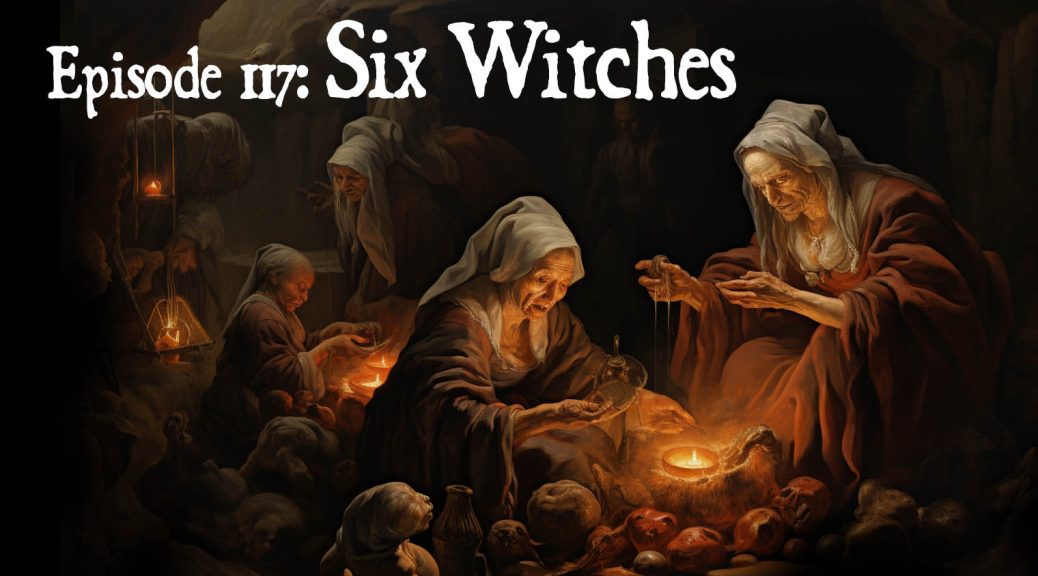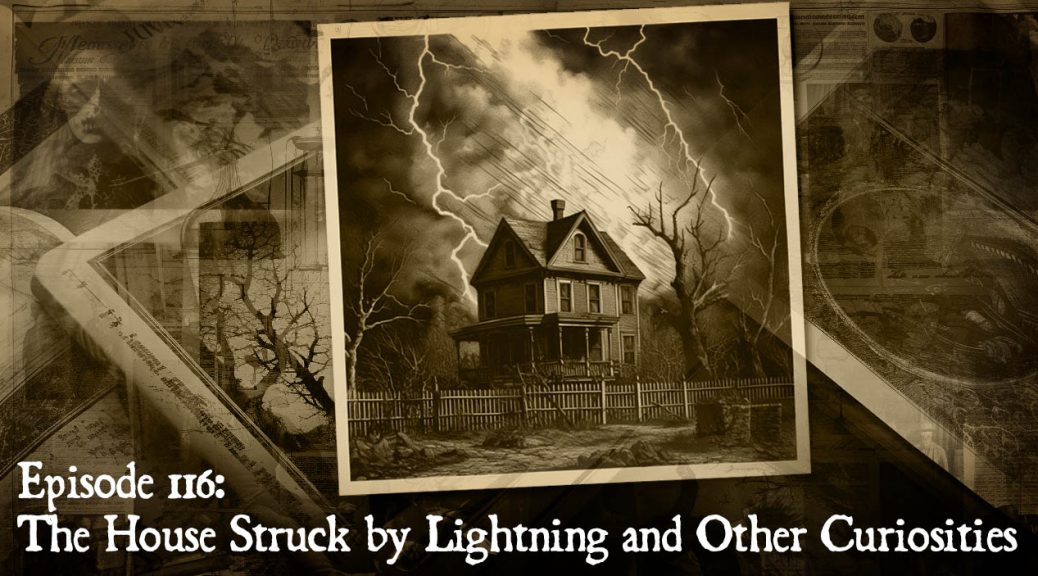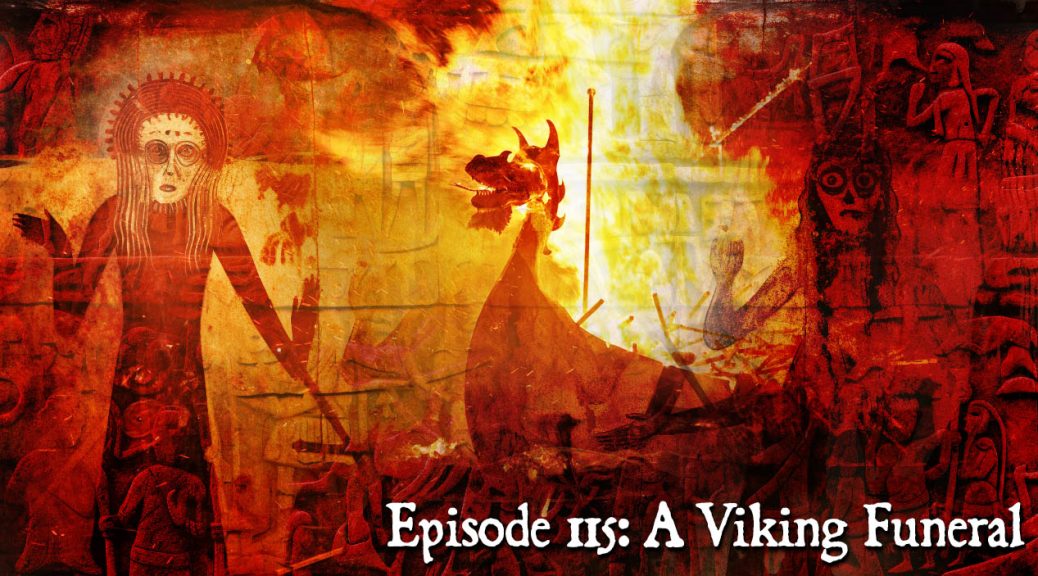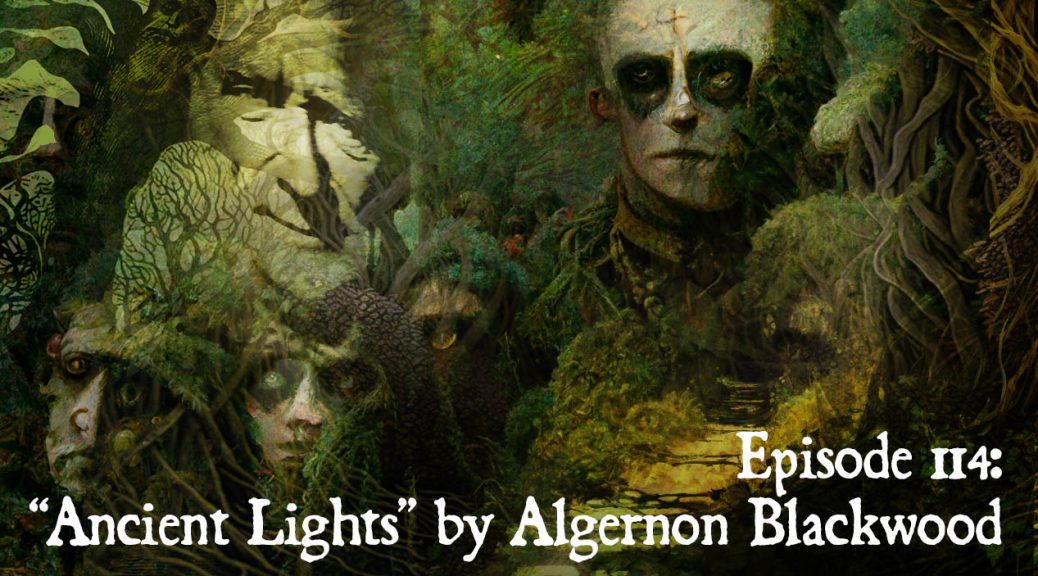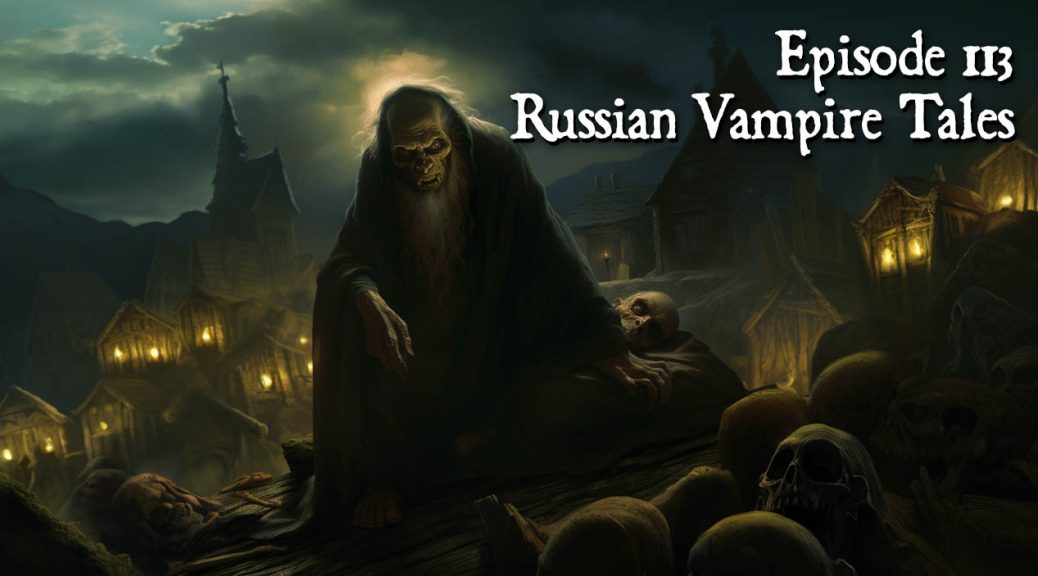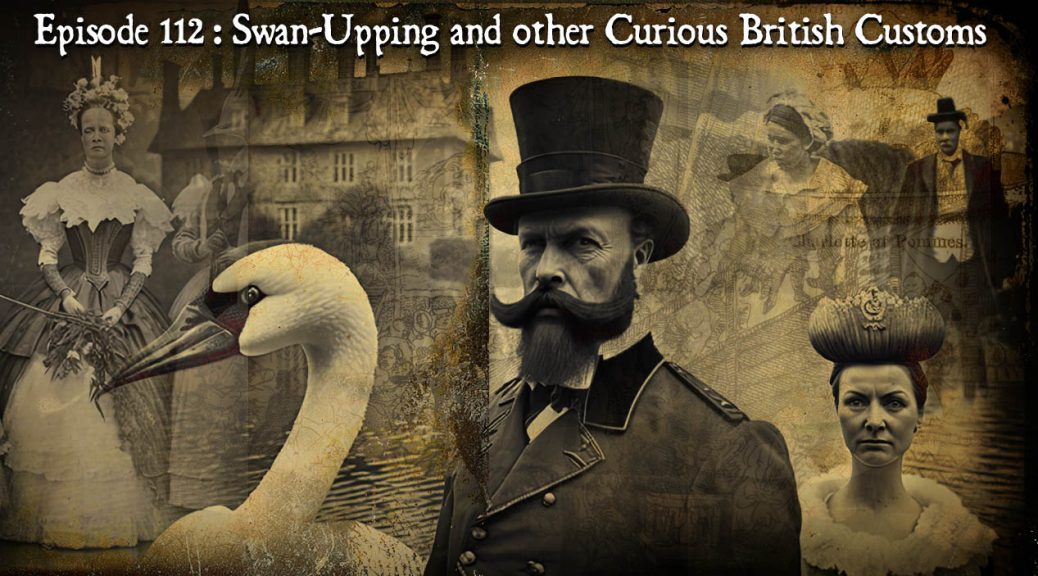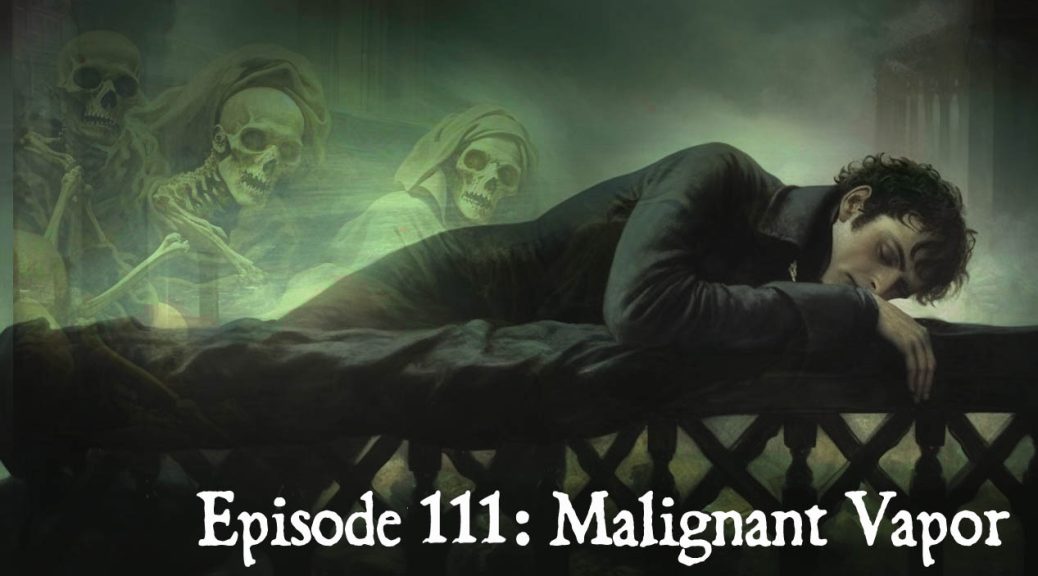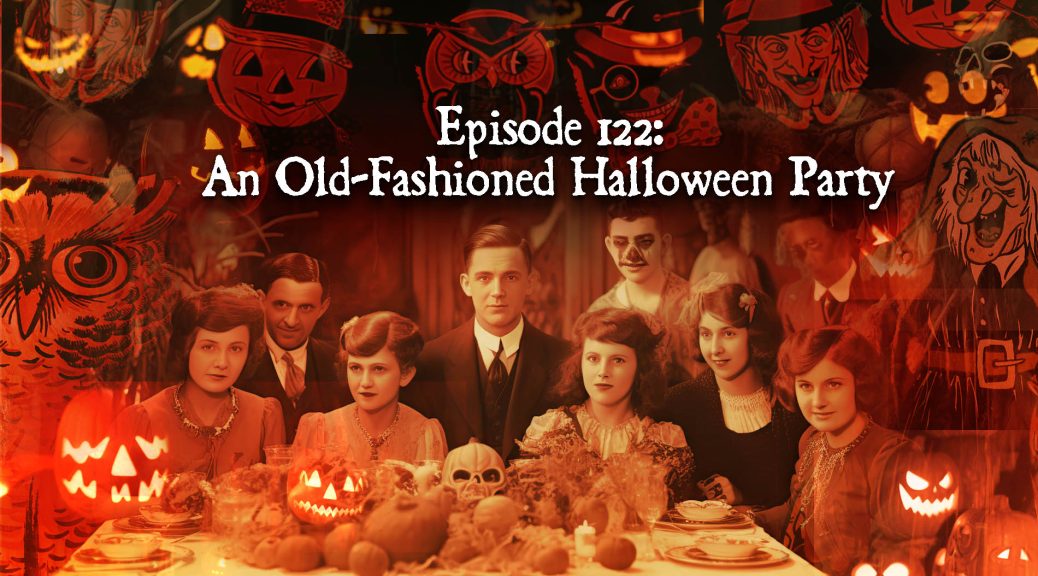
An Old-Fashioned Halloween Party
Podcast: Play in new window | Download (Duration: 41:00 — 46.9MB)
Subscribe: Apple Podcasts | Spotify | Android | Podchaser | RSS | More
Tonight we recreate for you elements of an old-fashioned Halloween party as experienced in the 1920s or ’30s. Foods, games, spooky stories and poems in an extra-long Halloween episode.
For more retro delights of the era, listen to Episode 35 “Vintage Halloween.”

